The excessive use of plastic has become a major issue, not only damaging the environment but also posing a threat to human health. From 1940 to 1970, plastic production was under control but since then it has skyrocketed, becoming a significant challenge to overcome. Plastic has taken over virtually all aspects of our lives, from household items, electronics, food packaging, paper, glass, to furniture. The surge in plastic use has also led to a dramatic increase in environmental pollution.
Water bodies, mountains, marine life, oceans, and rivers are all being contaminated at an alarming rate. Nevertheless, solutions exist to tackle this problem. Eco Green Recycling Private Limited is working to recycle plastic, e-waste, and paper-waste through innovative approaches.
In conversation with TheCSRUniverse, Apoorv Chaturvedi, Founder, Eco Green Recycling, shares his journey and how his company is taking initiatives to reduce carbon footprints and saving the environment.
Excerpts from the interview:
TheCSRUniverse: What is the role of Eco Green Recycling in combating climate change? Briefly share the genesis and objective of your organization.
Apoorv Chaturvedi: Eco Green Recycling supports the ZERO Waste Initiative, and thus aims to reduce, reuse and recycle as many resources as possible by finding innovative strategies for waste avoidance and reduction. Currently, Eco Green Recycling is the leading recycling company directly involved in three major categories: Plastic Recycling, E-waste Recycling and Paper Recycling (authorised by Pollution Control Board of India (CPCB)) that is being done with the help of high-tech dedicated MRF System (Material Recovery Facility). Our vision is to ensure clean environment by recycling waste and scrap products from households, commercial places, industries and hospitals in an environment-friendly way and to benefit communities by providing cleaner environment. We have also equipped E-waste recycling machineries that will further help us in offering a green economy.
TheCSRUniverse: You convert 3600 metric tons of non-recyclable plastic into biodiesel annually. However, biodiesel also produces CO2. To what extent does this help in reducing carbon emissions?
Apoorv Chaturvedi: We are extremely cautious when it comes to emission of gases including CO2. To tackle the global climate crisis, we only release CO2 4 litre per hour and majority of this CO2 is released almost 100 feet above the ground level. To explain this, here’s a small comparison that will help you understand the situation. In general, the plastic that in not recyclable, goes to land fill and does not degrade for almost 100 years. It results in high levels of CO2 and other harmful gases, resulting in pollution and other air-borne disasters. However, because of our recycling plants, we are able to recycle these plastic products, resulting in significant reduction in amount of CO2 released.
TheCSRUniverse: Tell us about the process of washing and cleaning 18000 metric ton of plastic bottles and converting them into recycled raw material. What kind of raw material is created out of it and what impact have you been able to create in terms of safeguarding our planet?
Apoorv Chaturvedi: The flowchart here will help you understand the recycling process.

Raw Material: We get scrap plastic products from multi-national companies that we turn into raw materials, i.e. into pet flakes/plastic granules that are then sold to companies. These granules are further converted into polyester fibre and then into thread. The thread produced is converted into high quality of fabric used to manufacture jeans, t-shirt and other related products.
Impact: We look at recycling from a 360-degree perspective. Not only do we take into account primary, secondary and tertiary recycling, but also their interaction with the equipment in the factory. Then we consider the impacts they have upstream and downstream in the value chain. This is what we call our ‘End to End’ approach.
Together with our customers and business partners we intend to work on playing a key role when it comes to addressing the increasing challenges in recycling and environmental footprints.
PET bottles recycle-rate globally
|
Japan
|
US
|
Europe
|
India
|
|
72%
|
33%]
|
66%
|
90%
|
TheCSRUniverse: India has set a goal of transitioning from fossil fuels to clean and green energy, including gradually replacing vehicles that use fossil fuels with electric vehicles. However, the process of producing electric vehicles or their batteries is not environment friendly. What are your thoughts on this and what needs to be done to address the issue?
Apoorv Chaturvedi: I have a different take on this. Electric Vehicles (EV) are the present and future. EVs have zero emission and are so far, the most sustainable mode of transportation. Also, when it comes to Lithium batteries, I would like to gather your attention towards the fact that Lithium batteries are recyclable in nature and such scrap batteries can be recycled into raw materials that can be further used to manufacture new batteries. Through a delicate process, we can extract Aluminium, Cobalt Acid Lithium and Graphite Powder from Lithium batteries and these metals can be used again to manufacture the Lithium batteries. In the current scenario, India is dependent on China for raw materials required to manufacture Lithium batteries. However, the day is not far when we will recycle such batteries and reduce our dependency on China are thereby move towards circular economy.
TheCSRUniverse: Green Hydrogen Mission has got the Union Cabinet's approval recently. How do you see the future of green hydrogen in India?
Apoorv Chaturvedi: Green Hydrogen is a better and long-term solution/alternative for decarbonizing economies, as its production does not involve fossil fuels and greenhouse gases. Instead, it is produced via electrolysis using renewable electricity.
Industrial leaders are working on using innovating technologies to reduce the electrolyser units’ cost, thus accelerating the commercialization of green hydrogen. On the other hand, market participants focus on implementing various strategic programs, such as partnerships, joint ventures, acquisitions, and mergers, to strengthen their market position in the emerging hydrogen market.
TheCSRUniverse: The RBI recently issued green bonds. Can you provide some insight into how this would benefit both investors and the environment?
Apoorv Chaturvedi: Recently RBI issued the ₹16,000 Crore green bonds in India for 5 years and 10 years and this fund will be used for private/public sector projects which can help in reducing the carbon intensity of the economy. Such bonds have been fairly successful in western developed countries as they have been around for more than 5 years there.
As far as the returns on these bonds are considered, traditionally, green bonds are issued globally at higher premiums leading to lower returns. Since they are being issued with a sovereign guarantee, returns could be even lower.
TheCSRUniverse: Disposing and recycling garbage and e-waste has become a big challenge for us. On one hand, there is difficulty in finding suitable locations for dumping sites; and on the other, managing these sites is also a challenge. How should corporates address this and what should governments do to help?
Apoorv Chaturvedi: Recycling waste and scrap products from households and corporates ultimately reduces the amount of garbage that is being dumped at dumping sites. While more and more innovative ways are being looked at by corporates, government is also actively taking part in helping such corporates in form of incentives, Green Bonds, subsidies among others.
TheCSRUniverse: Shouldn’t CSR funds be utilized more towards environment sustainability as we are dealing with existential threat? What are your views?
Apoorv Chaturvedi: Definitely, CSR funds should also be utilized towards environment sustainability. These funds should be allocated towards social welfare, increasing employment, and protecting the environment. One such way of using these funds could be by way of installing plastic bottle shredders at railway stations/metro stations where the commuters can turn used plastic bottlers into raw material and get incentives in return.
TheCSRUniverse: Can you share some examples of countries that have made significant progress in addressing the challenge of climate change and how can we incorporate the learnings in our agenda?
Apoorv Chaturvedi: There are many countries that have made significant progress in addressing the challenge of climate change. One such country is Singapore. The government of Singapore has made it possible to recycle waste water. There are installed machineries in Singapore that turn used water coming out of washing machines, etc into drinking water. Giant pumps whir deep underground at a plant in Singapore that helps transform sewage into water so clean people can drink it while reducing ocean pollution.
You may also like reading:
Corporates should expand CSR activities to non-communicable diseases like diabetes: Dr Mayur Patel, Chairman, Swasthya Diabetes Care
UNSDGs need to be introduced into curriculum to prepare skilled managers to lead firms in sustainable development
CSR implementation cost should also cover key organisational people and leadership critical for project success: Sandeep Chachra, Executive Director, ActionAid Association
India’s maiden sovereign green bonds oversubscribed with robust demand; let’s understand its benefits for investors
Union Budget 2023: FM launches 'Green Credit Programme', announces Rs 35,000 Cr investment for green energy transition; another push towards becoming carbon neutral
Sustainable environment: How is India responding?




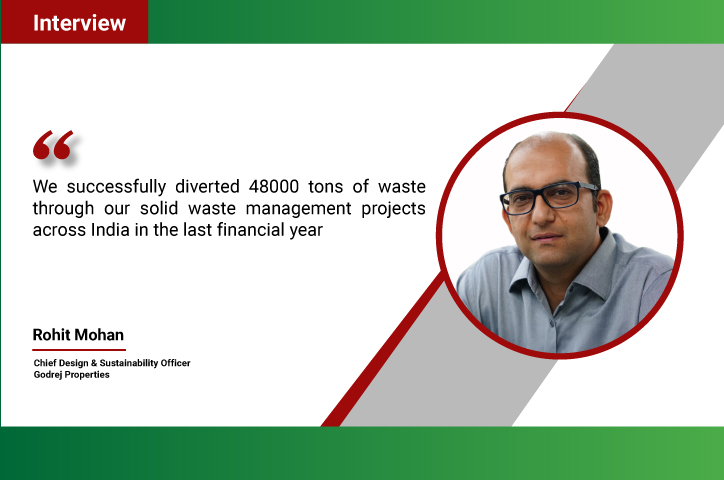
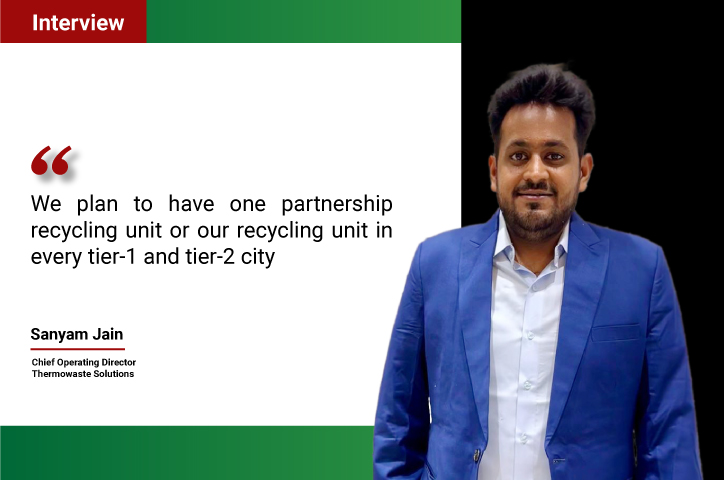
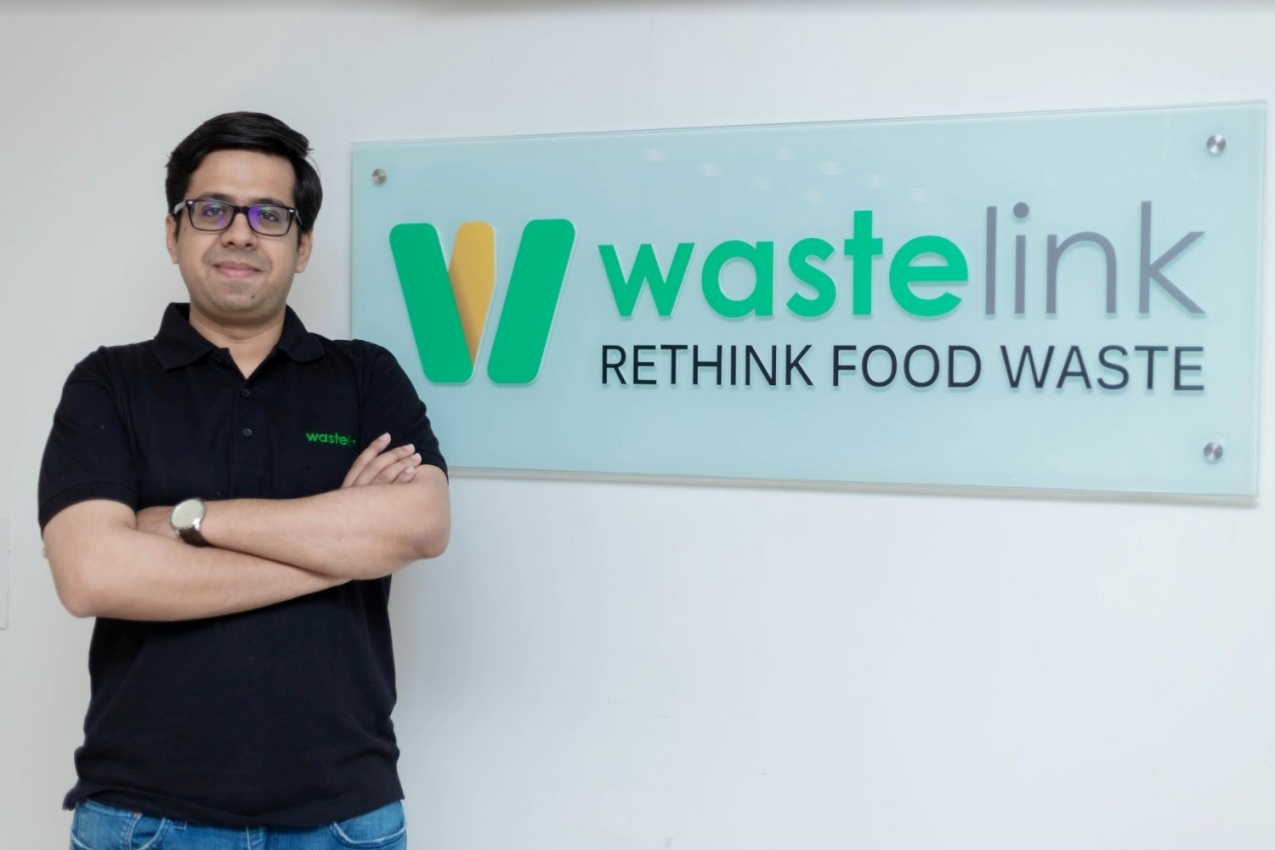
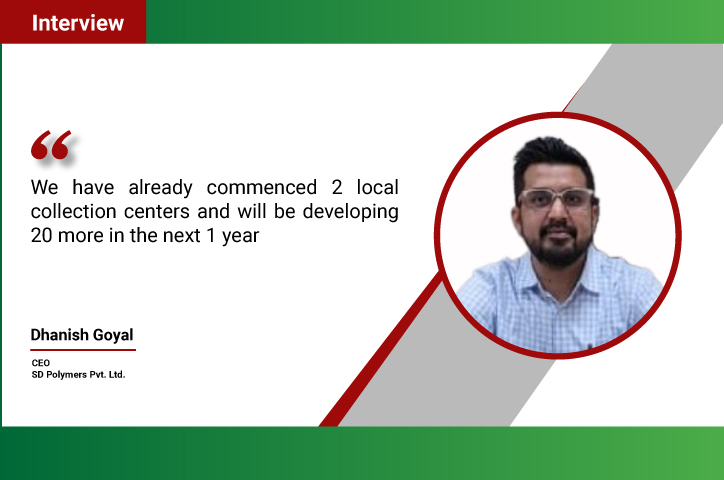
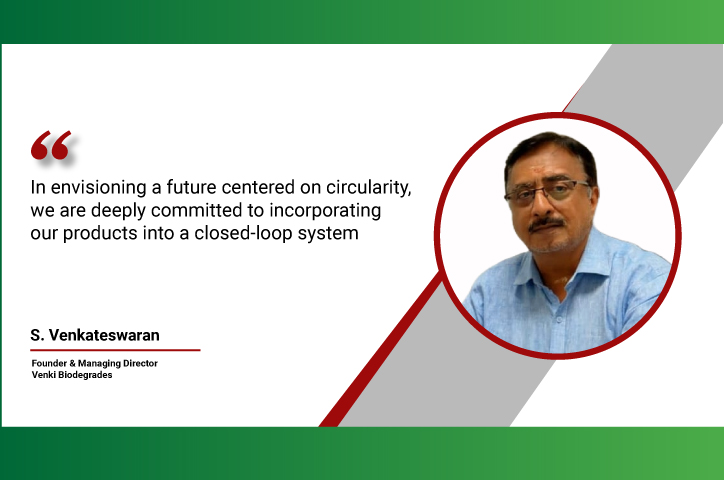
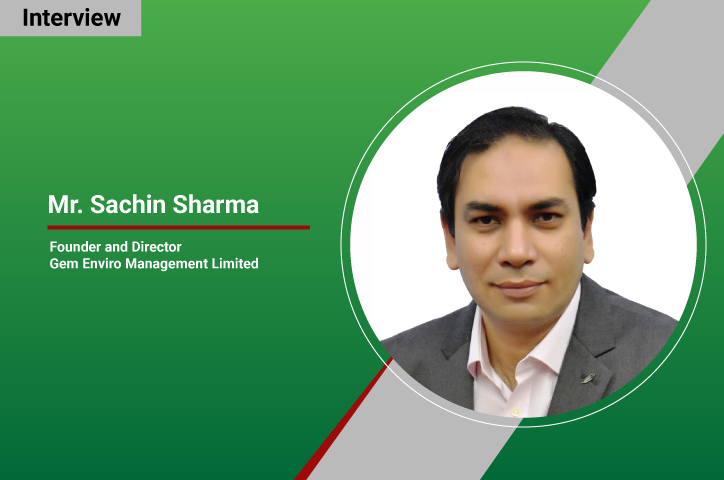
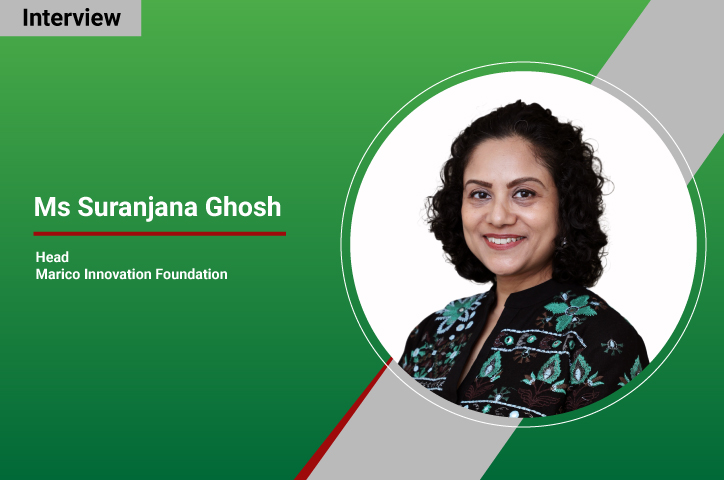


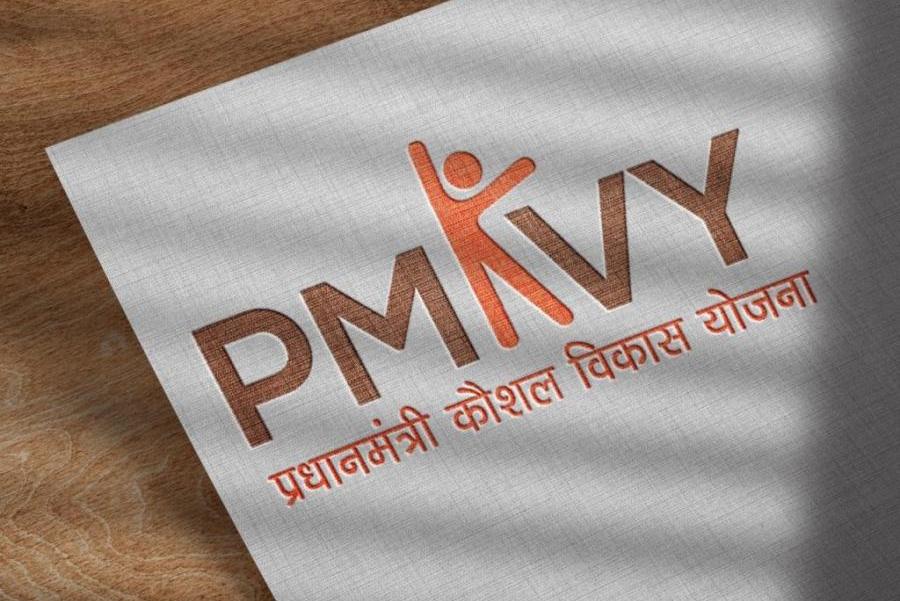
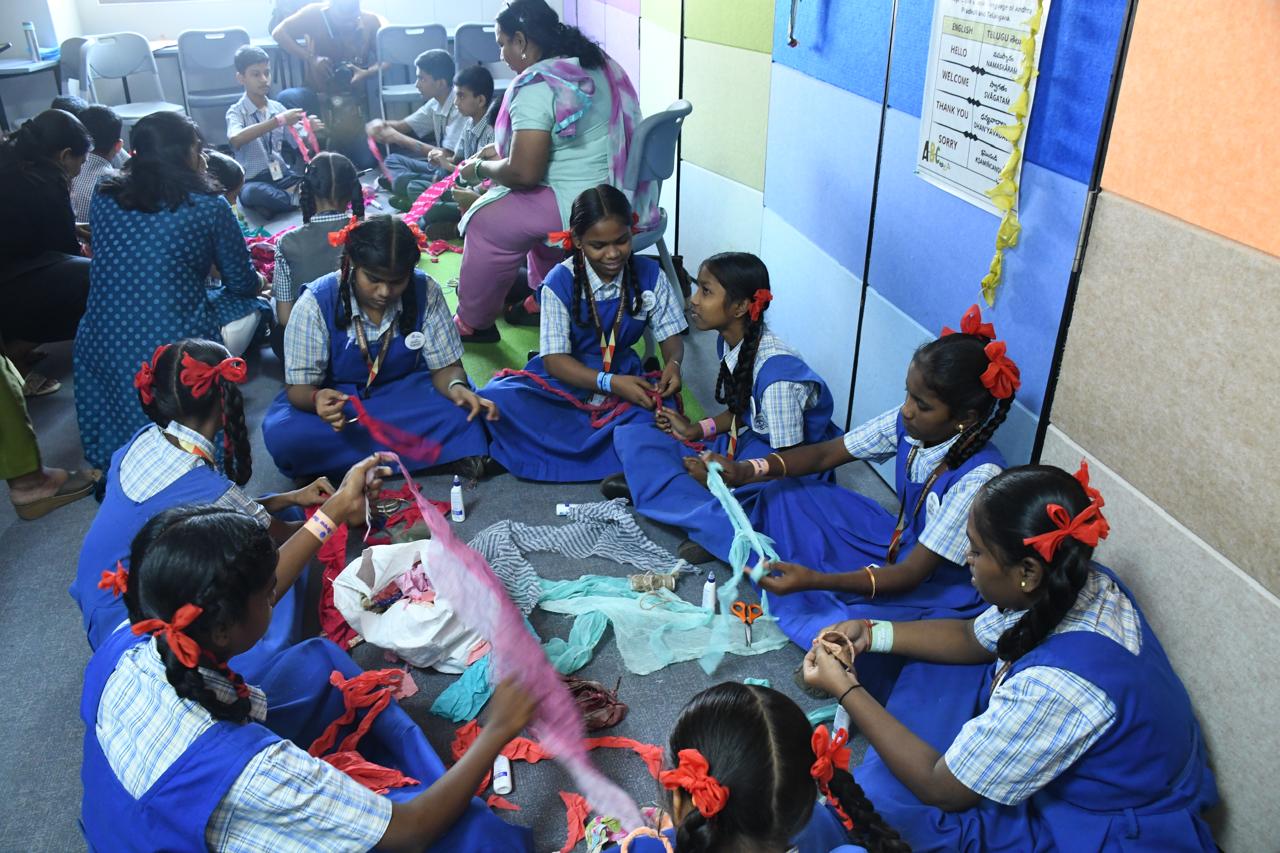


.jpg)




